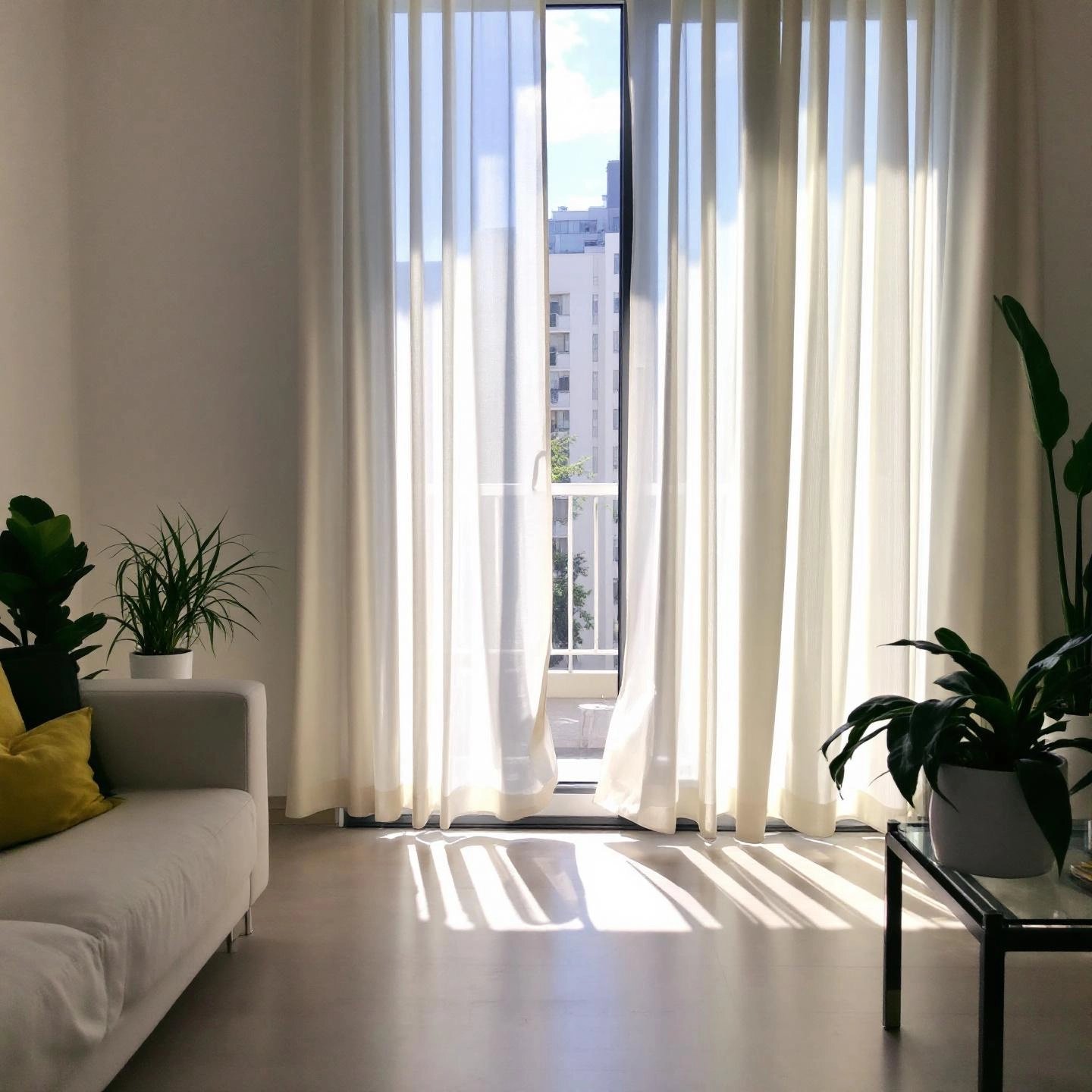
Have you ever walked into a room that feels stuffy, stale, or just plain uncomfortable? Maybe it’s after a long winter with the windows shut tight, or during a muggy summer day when the air seems heavy and unmoving. No matter the season, everyone knows the relief that comes with a burst of fresh air. Yet, keeping windows open all day isn’t always practical or energy efficient. That’s where the window ventilator comes in—a simple but powerful tool designed to improve indoor air quality and make your home more comfortable.
Imagine a device that quietly brings in fresh outdoor air, even when your windows are closed. A window ventilator fits into the upper part of your window frame and works with your home’s natural airflow, ensuring that air keeps moving and stale air gets replaced. Whether you’re dealing with humidity, lingering cooking odors, or simply want to cut down on dust and allergens, a window ventilator provides a steady solution without the hassle of constantly opening and closing windows. In fact, these devices help reduce the risk of mold, mildew, and even headaches or respiratory discomfort caused by poor ventilation.
This guide will walk you through everything you need to know about window ventilators. You’ll discover the benefits of both fan-powered and passive systems, explore which models work best for specific rooms, and learn tips for choosing the right option for your needs. Whether you want a quick fix for a single room or a long-term upgrade for your entire home, there’s a window ventilator solution that fits. Let’s dive in and make fresh air a part of your everyday life.
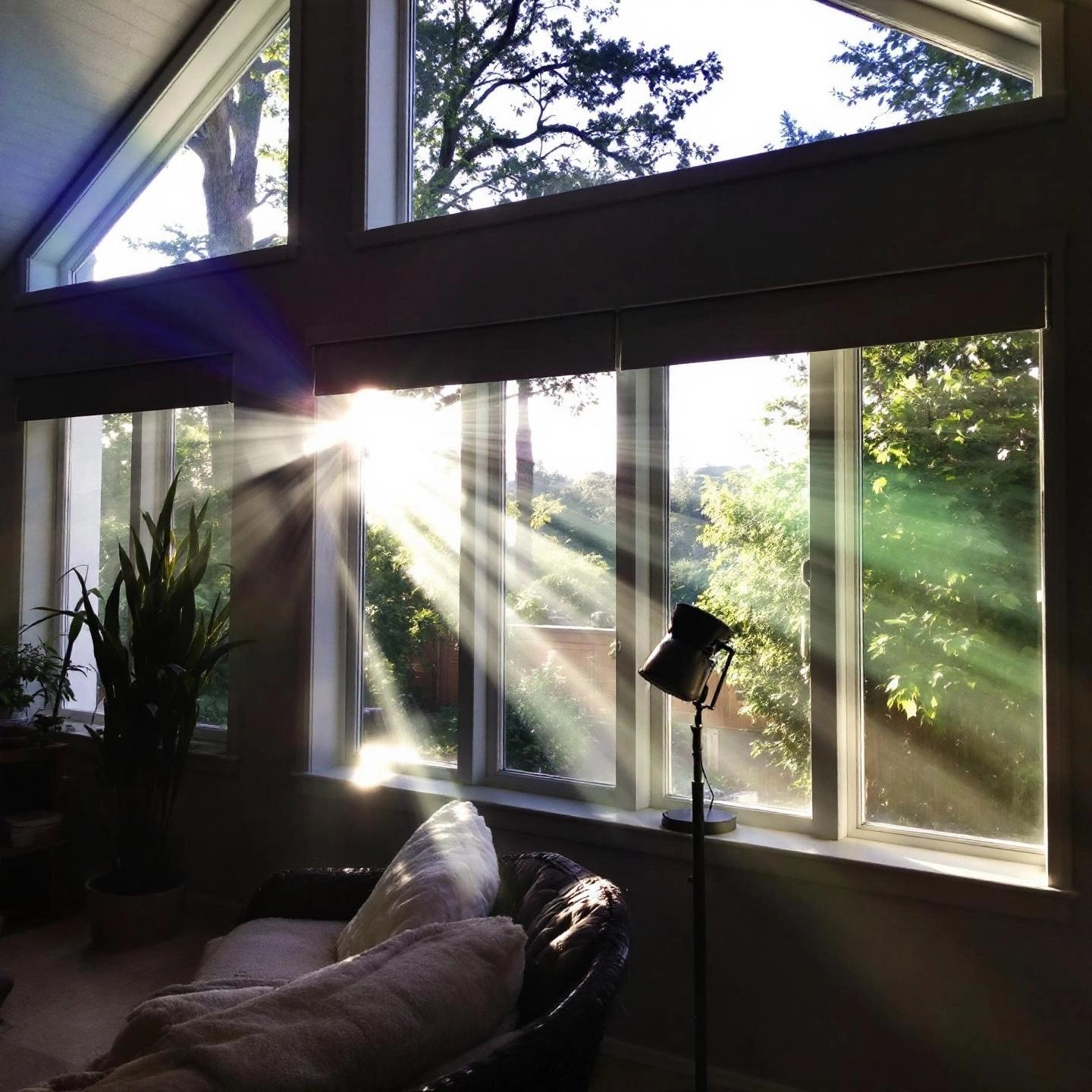
When you step into a room and instantly notice it feels fresh, comfortable, and inviting, chances are good window ventilation is at work behind the scenes. But why does something as simple as airflow matter so much in your home? Let’s break down the window ventilation benefits that go far beyond just letting in a breeze—these advantages can directly impact your health, comfort, and the longevity of your living space.
Indoor air can quickly become more polluted than the air outside, especially in tightly sealed homes. Everyday activities—like cooking, cleaning, or even breathing—release moisture and pollutants that build up over time. Without proper ventilation, these contaminants linger, leading to stuffy air and potential health issues. Here’s how effective window ventilation can reduce indoor air pollution and create a healthier environment:
Moisture is a silent intruder that can quickly lead to bigger problems like mold, mildew, and even structural damage. Proper window ventilation is a frontline defense:
It’s not just about health—window ventilation also makes your home feel better to live in:
| Benefit | Impact |
|---|---|
| Reduces indoor air pollution | Flushes out VOCs, dust, and allergens |
| Moisture & mold control | Prevents condensation, mold, and material damage |
| Odor elimination | Removes cooking, pet, and cleaning smells |
| Improved comfort | Balances temperature, reduces stuffiness |
With so many advantages, it’s clear that window ventilation is more than just a comfort feature—it’s essential for a healthy, resilient home. Up next, we’ll explore the different types of window ventilation fans and how to choose the right one for your needs.
When you’re faced with a warm, stuffy room, you might wonder: “Is there a quick, effective way to bring in fresh air without overhauling my whole HVAC system?” That’s where ventilation fans for windows come in. These fan-powered units are among the most popular and versatile solutions for boosting airflow, cooling your home, and improving indoor air quality—especially when you need a little extra help beyond what passive vents can provide.
Imagine you’re cooking dinner and the kitchen fills with steam and lingering smells. A window exhaust fan can be mounted directly in the window frame, drawing out humid, stale air and pulling in cooler, fresher air from outside. Most models offer both intake and exhaust modes, letting you choose whether you want to bring air in or push air out. Some even have thermostats, remote controls, or reversible blades for added convenience.
There’s no one-size-fits-all solution—your needs might differ based on room size, noise tolerance, or how much power you want. Let’s break down the most common styles and their key features, based on independent testing and expert reviews (source):
| Model | Best For | Key Features | Pros | Cons |
|---|---|---|---|---|
| Vornado Transom | Bedrooms, offices, quiet spaces | Single long fan, ultra-quiet, energy efficient, remote & LCD panel, fits wide windows |
|
|
| Bionaire Premium Digital 8.5" Twin | Medium rooms, those needing customization | Twin fans, digital controls, adjustable settings, vertical or horizontal use |
|
|
| Amazon Basics Manual 9" Twin | Small rooms, budget buyers | Twin fans, simple manual controls, affordable |
|
|
| Air King 9166F 20" Whole House | Large rooms, whole-house circulation | Powerful single fan, high CFM, sturdy build |
|
|
So, which fan-powered window ventilator is right for you? Think about these questions:
While fan-powered window ventilators deliver quick, active airflow, they aren’t the only option. If you’re looking for silent, always-on ventilation—or want to minimize energy use—passive window vent kits and trickle vents offer a smart alternative. Next, we’ll explore how these solutions compare and why they might be the perfect fit for your home’s comfort and efficiency.
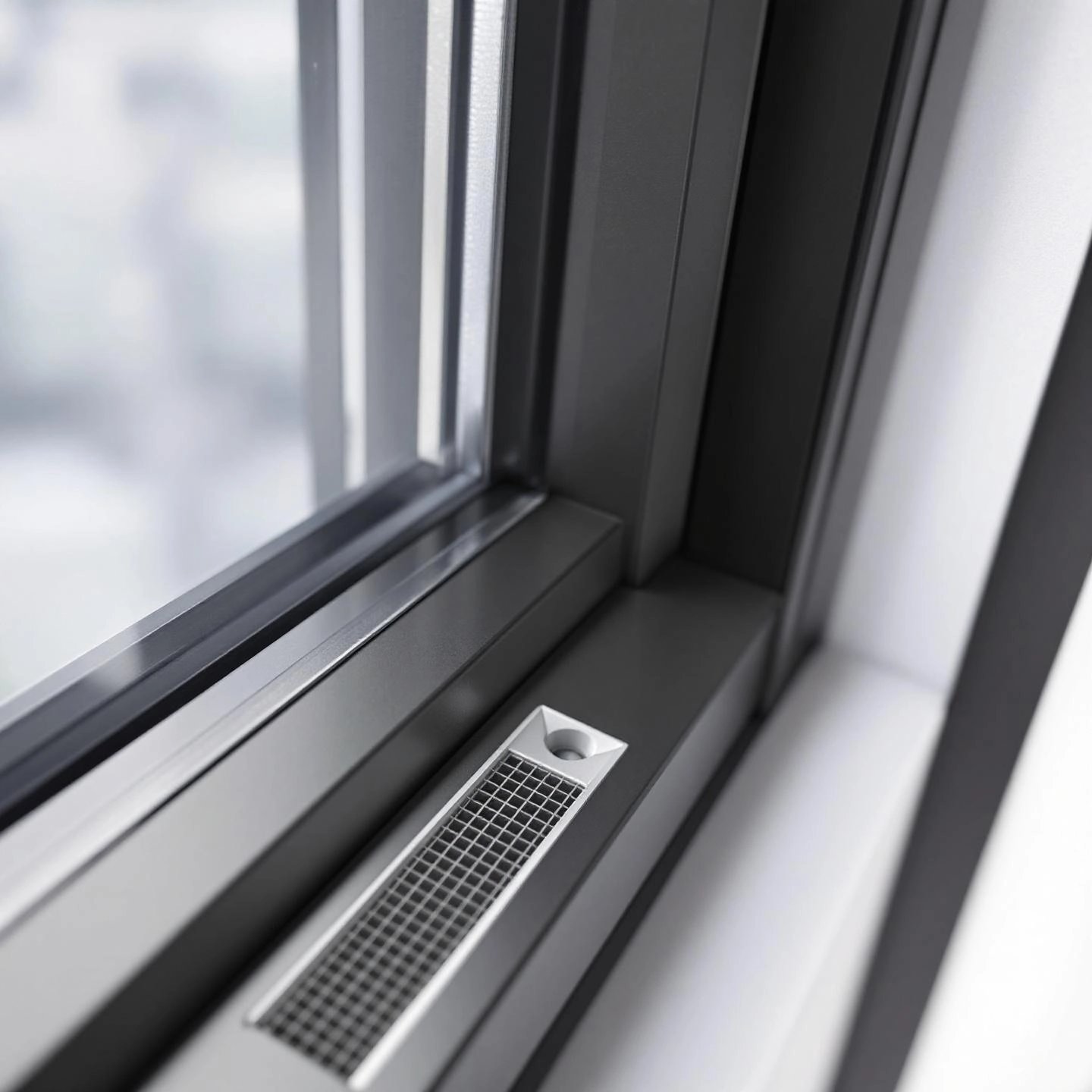
Ever wish you could have a constant supply of fresh air—without the noise, drafts, or hassle of running a fan? That’s exactly what passive ventilation solutions like trickle ventilation windows and window vent kits are designed for. These options quietly ensure a steady flow of outdoor air, helping you maintain comfort and indoor air quality with almost zero effort. Let’s break down how each type works, where they shine, and why upgrading your frames can make all the difference.
Imagine a window that keeps your home ventilated even when it’s fully shut—no more sacrificing security or energy efficiency just to let in a little air. Trickle vents are small, adjustable openings built into the window frame or glass. They allow a controlled, low-level airflow (typically 3,000–8,000 mm² per vent), which helps reduce condensation, flushes out indoor pollutants, and balances humidity—without creating drafts or letting in excessive noise. You can open or close the vent’s slats as needed, giving you year-round flexibility. Trickle vents are especially valuable in airtight, modern homes where natural infiltration is limited.
Not ready to replace your windows? A window vent kit offers a practical, DIY-friendly way to add passive ventilation to existing frames. These kits typically include a vent insert, template, and mounting hardware. Installation involves cutting a small slot in the frame or glass and fitting the vent, creating a controlled pathway for fresh air. Window vent kits are ideal for older homes or apartments where upgrading the entire window isn’t feasible.
For those who want a simple, mechanical approach, window ventilation latches allow you to secure a window in a slightly open position—enough for airflow, but not enough for intruders or rain. Meanwhile, glass block windows with built-in vents are popular for bathrooms and basements, offering privacy, natural light, and a small, secure opening for air exchange.
When planning a renovation or new installation, consider the long-term benefits of aluminum windows with built-in trickle vents. Aluminum frames are known for their durability, low maintenance, and sleek appearance. Integrated trickle vents add a layer of passive ventilation control, supporting healthier air and reducing condensation risks. For example, Shengxin's Window Trickle Vents combine robust, weather-resistant materials with an unobtrusive design, ensuring you get reliable airflow without compromising on aesthetics or energy performance. Their simple manual sliders allow you to fine-tune ventilation as seasons change, and their high-quality construction means years of worry-free use.
Passive solutions like trickle ventilation windows and window vent kits are perfect for those seeking silent, always-on ventilation with minimal maintenance. If you want to keep your home fresh and comfortable—without the noise or energy use of powered fans—these options are a smart, modern upgrade. Next, we’ll tackle how to choose the best ventilation setup for bathrooms, where moisture control is especially critical.
Ever notice how mirrors fog up, paint peels, or a musty smell lingers long after a hot shower? If you’ve relied on simply cracking open a window, you may have realized that it’s not always enough to keep your bathroom fresh and dry. Bathrooms are unique—they’re small, enclosed, and see a constant cycle of steam and moisture. That’s why a dedicated bathroom window ventilation fan or a smart passive solution is essential to prevent mold, mildew, and long-term damage.
While opening a window can help in mild weather, it’s often ineffective during colder months, rainy days, or in bathrooms with limited exterior access. Steam from showers and baths quickly condenses on surfaces, leading to peeling paint, warped wood, and, most concerning, the growth of mold and mildew. Mold spores not only look unsightly but can trigger respiratory issues and allergies (Hauslane). Even a well-placed window can’t always create enough airflow to remove all that moisture—especially if outdoor humidity is high or the bathroom is in a basement or interior space.
Installing a bathroom window ventilator—either a powered exhaust fan or a passive vent—gives you control over humidity, odors, and air quality. Exhaust fans are designed to actively pull moist air out and vent it outdoors, reducing the risk of condensation and mold before it starts. Some models come with humidity or motion sensors, turning on automatically when needed and shutting off when the air is dry. Passive window vents, on the other hand, provide a constant, low-level flow of fresh air, which can be perfect for smaller bathrooms or in combination with an exhaust fan.
Choosing the right solution can seem complex, but breaking it down into a few key factors makes the decision easier. Here’s what to look for:
| Factor | Why It Matters |
|---|---|
| Extraction Power | Ensures effective moisture removal for your bathroom size |
| Noise Level | Quieter fans encourage regular use |
| Security & Placement | Prevents intrusion, fits your window or wall type |
| Active/Passive Choice | Matches ventilation style to your moisture control needs |
| Safety/Compliance | Protects against electrical hazards in wet spaces |
| Special Features | Enhances convenience and energy efficiency |
By focusing on these essentials, you’ll create a bathroom that’s not only free of foggy mirrors and musty odors but also healthier for everyone in your home. Next, we’ll look at how to tackle ventilation challenges in basements and attics—areas that often demand special solutions for air quality and comfort.
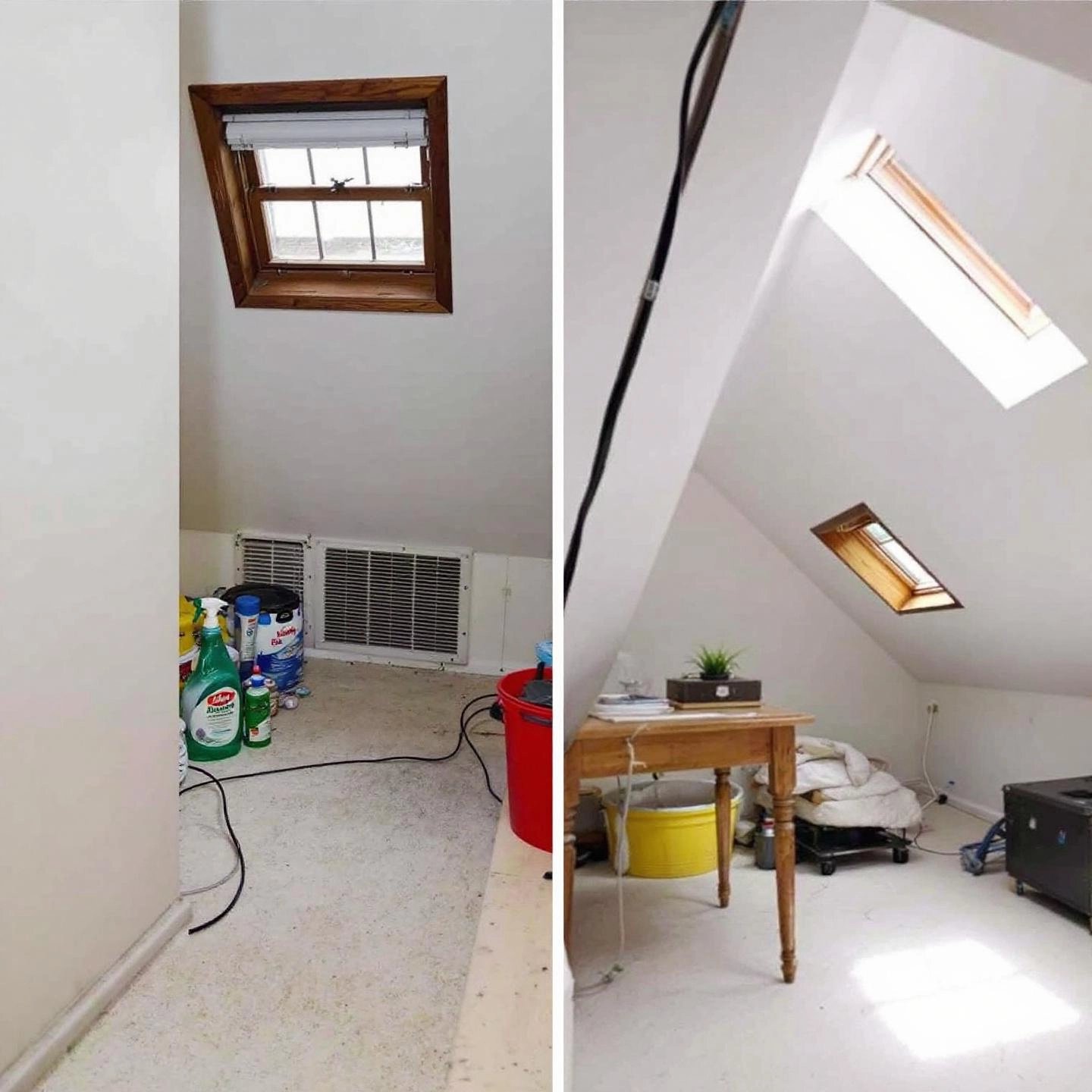
Ever walked downstairs and been hit by that unmistakable musty basement smell, or noticed your upstairs rooms get uncomfortably hot in the summer? Basements and attics present unique ventilation challenges that standard solutions often can’t handle. Let’s explore how targeted tools—like a basement window ventilation fan and a well-designed attic ventilation window—can transform these tricky spaces into healthy, comfortable parts of your home.
Basements are notorious for stuffy air, lingering odors, and even mold growth. Why? Because they’re below ground, airflow is limited, and moisture can easily build up. If you use your basement for storage, a home office, or a playroom, you know how quickly it can go from cozy to clammy without the right ventilation.
For best results, combine mechanical ventilation with well-sealed windows that can be opened for natural airflow when weather allows. If a new window isn’t an option, consider a portable air purifier with a HEPA filter as a backup for additional air quality improvement.
Now, let’s head to the top of your house. Attics can become sweltering during summer, turning into a heat trap that strains your AC and shortens the life of your roof. But with the right attic ventilation window or vent system, you can keep temperatures in check and protect your investment.
When planning attic ventilation, make sure intake and exhaust points are balanced to promote continuous airflow. Powered attic fans are a smart investment for homes in hot climates or with large attic spaces, while passive vents work well in moderate conditions.
By addressing the unique needs of basements and attics, you’ll not only improve comfort and air quality in these often-overlooked spaces, but also support the health and efficiency of your entire home. Next, we’ll look at how advanced ventilator setups—like integrating with AC units or solar power—can take your home’s ventilation to the next level.
Ever wondered if you could enjoy fresh air without sacrificing comfort or racking up your energy bill? Or maybe you’re looking for a way to keep your space cool and well-ventilated during a power outage. Combining modern window ventilators with air conditioning systems—and even harnessing solar power—can unlock a new level of efficiency, comfort, and sustainability. Let’s break down how these integrations work and why they might be the smart upgrade your home needs.
When you run an air conditioner, it’s easy to assume your indoor air is automatically healthy. But many AC units simply recirculate the same air, which can lead to stuffiness, excess humidity, and a buildup of indoor pollutants over time. That’s where window AC ventilation comes in. By using a ventilator or a window AC unit with a built-in vent, you can introduce fresh outdoor air, exhaust stale or humid air, and regulate pressure for an all-around healthier environment.
Imagine running your AC on a muggy day—by opening the vent or pairing it with a window ventilator, you’ll notice less condensation on windows and a fresher feel throughout your home.
Looking for an eco-friendly way to keep air moving—without relying on the grid? A window mount solar powered ventilation fan is a game-changer, especially for rooms that get hot, stuffy, or lack easy access to electrical outlets. These fans use photovoltaic (solar) panels to power the fan motor, providing reliable airflow whenever the sun is shining.
For example, the Mahana PV Window Fan uses a 100W solar panel and a deep-cycle battery to power a standard window fan for up to eight hours overnight, making it a sustainable solution for both day and night use (Appropedia).
By integrating window ventilators with AC units or solar power, you can create a healthier, more resilient, and energy-efficient home. Next, let’s explore what to do when you’re faced with the challenge of ventilating a room that doesn’t have any windows at all.
Ever walked into a room with no windows and instantly felt the air was heavy or stale? Windowless spaces—like interior bathrooms, converted basements, or storage rooms—pose a unique challenge: how to ventilate a room without windows so that it stays fresh, healthy, and comfortable. While it may seem tricky at first, there are plenty of practical room ventilation solutions that don’t require major renovations or breaking the bank.
Without a direct opening to the outdoors, these rooms can trap moisture, odors, and airborne pollutants. Over time, this can lead to problems like mold, condensation, and even health issues. But with a little creativity and the right approach, you can keep the air moving and improve overall quality in any enclosed space.
Here’s a rundown of the most effective methods, from quick fixes to more permanent upgrades:
Every room is different, so consider your layout, budget, and whether you can make structural changes. For quick fixes, try combining a dehumidifier, fan, and open door. For long-term solutions, explore mechanical ventilation or passive vents. Whichever method you choose, remember that regular maintenance—like cleaning filters and checking for blockages—will help your room ventilation solutions work their best.
With these strategies, even the most enclosed spaces can breathe easier. Next, we’ll walk through a practical checklist for choosing the right ventilator for any room, ensuring you find the perfect fit for your needs and budget.
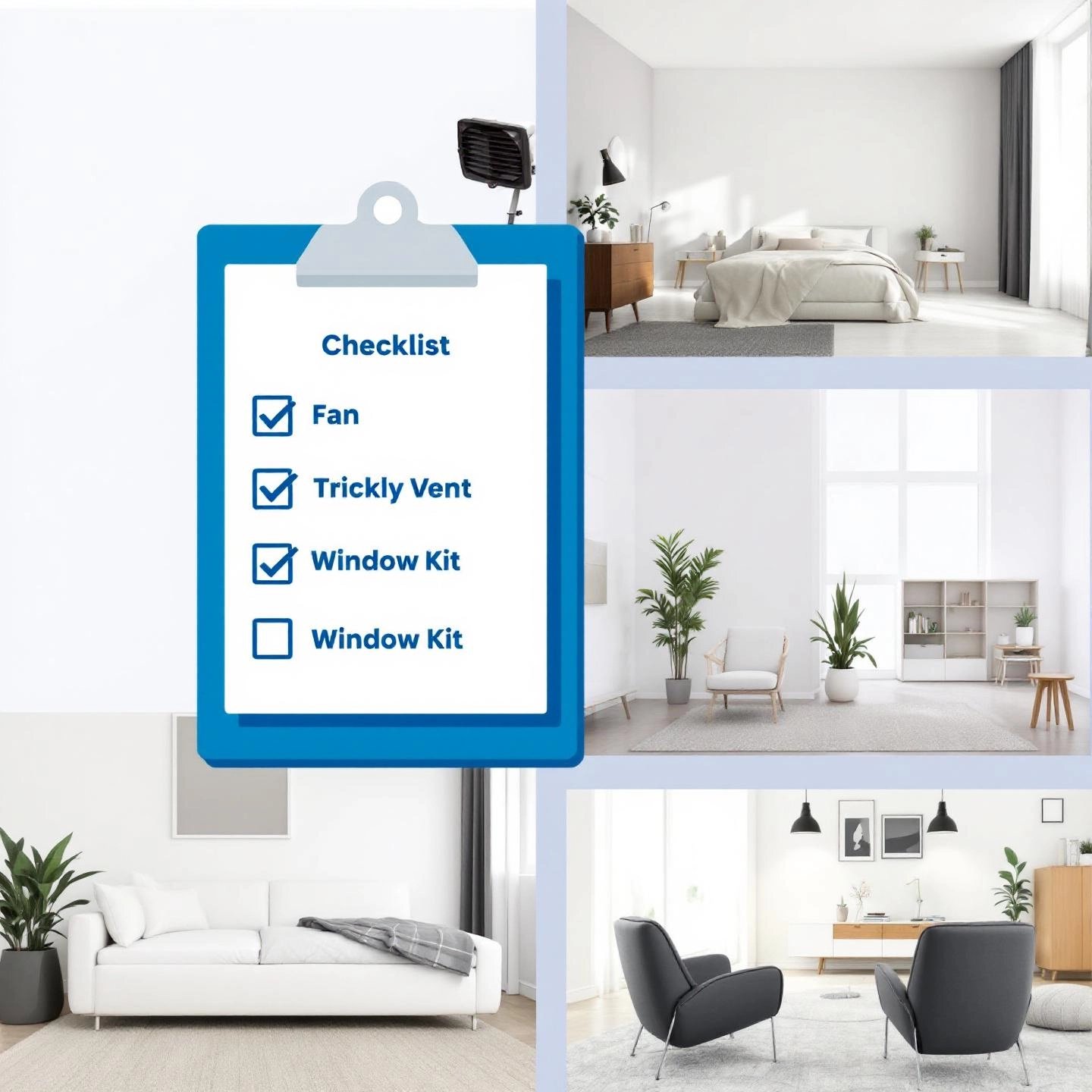
Feeling overwhelmed by the sheer number of options when you try to choose a window ventilator? You’re not alone. Whether you want to banish stuffy air in a bedroom, keep your bathroom dry, or ensure quiet, energy-efficient comfort throughout your home, the right ventilator can make all the difference. But with so many styles and features, how do you find the best window ventilator for your needs?
Imagine walking into a room and instantly feeling the air is fresh and comfortable. That’s the goal—but how you get there depends on your space and priorities. Begin by asking:
| Consideration | Key Questions | Why It Matters |
|---|---|---|
| Room Size & Type | Is your space small (bathroom), medium (bedroom/office), or large (living room/basement)? | Ensures the ventilator can effectively move enough air for comfort and moisture control. |
| Noise Tolerance | Will the ventilator run in a bedroom, nursery, or workspace where quiet matters? | Fan-powered units vary widely in sound; passive vents are silent. |
| Active vs. Passive | Do you want instant, high-powered airflow (fan), or silent, always-on background ventilation (trickle vent)? | Active fans are best for rapid changes; passive options excel at continuous, low-maintenance air quality improvement. |
| Energy Use & Efficiency | How important are low running costs and sustainability? | Passive vents and solar-powered fans minimize utility bills; efficient electric fans can also save money over time. |
| Installation & Maintenance | Are you looking for a DIY solution or a professional install? How much upkeep are you willing to do? | Some window fans and vent kits are easy to install; integrated solutions may require new windows but offer long-term benefits. |
| Security & Weather | Will the ventilator be exposed to rain, wind, or need to stay secure when you’re away? | Trickle vents and integrated systems allow ventilation without compromising security or energy efficiency. |
| Budget | Are you seeking a quick, affordable fix or investing in a long-term upgrade? | There’s a solution for every budget—from economical vent kits to premium integrated systems. |
“The best window ventilator is the one that fits your room’s unique needs, balances comfort with efficiency, and aligns with your lifestyle.”
If you’re renovating or planning new windows, integrated trickle vents—such as Shengxin's Window Trickle Vents—offer a set-and-forget approach to healthy air. These slim, unobtrusive vents provide passive, controlled airflow, reducing condensation, improving air exchange, and supporting a healthier indoor environment—all without the noise, energy use, or security risks of leaving windows open. Shengxin’s commitment to quality manufacturing and durable, weather-resistant materials means you get a solution that lasts, making it a top pick for anyone seeking modern, worry-free ventilation.
Still not sure which way to go? Use this checklist as you compare options, and remember: the right ventilator isn’t just about specs—it’s about creating a space where you (and your family) can breathe easy, every day. Next, we’ll wrap up the guide with key takeaways and a reminder of why investing in good ventilation is the foundation of a healthy, comfortable home.
When you think back on the rooms in your home—maybe the kitchen after a busy dinner, a basement that’s just a bit too musty, or a bedroom that never quite feels fresh—you’ll realize just how much the air you breathe shapes your comfort and well-being. That’s why choosing the right window ventilator for home isn’t just about solving a temporary problem; it’s about investing in a healthier, happier living space for the long term.
“A well-ventilated home isn’t just a luxury—it’s the foundation of good health, comfort, and peace of mind.”
If you’re planning a renovation or simply want a set-and-forget way to keep your indoor air healthy, consider high-quality, integrated solutions like Shengxin’s Window Trickle Vents. Their slim, durable design delivers continuous fresh air, helping you quietly manage humidity and air quality without the drawbacks of leaving windows open. It’s a smart, modern upgrade for anyone serious about lasting comfort and well-being.
In the end, there’s a window ventilator for every home and every need. By taking action—whether with a DIY kit, a powerful fan, or a premium passive vent—you’re making a simple choice that pays off every day, in every breath. Here’s to a fresher, healthier home—one window at a time.
A window ventilator is a device installed in or near a window to allow fresh outdoor air into a room while letting stale indoor air escape. It can be passive, using small vents for continuous airflow, or active, using a fan to move air in or out. Window ventilators help control humidity, reduce odors, and improve overall indoor air quality.
Yes, window vents such as trickle vents or window ventilators provide consistent background ventilation, helping to keep rooms fresh and reduce issues like condensation and mold. They work especially well in modern, airtight homes and are beneficial when windows can't be left open for security or energy reasons.
Trickle vents and other window ventilators are designed to provide a controlled amount of airflow, so any temperature drop is usually minimal and often unnoticeable. They help maintain a balance between fresh air supply and indoor comfort without causing significant heat loss.
Consider your primary ventilation goal (moisture, odors, allergens), room size, noise sensitivity, whether you prefer passive or powered solutions, and your budget. For silent, always-on airflow, passive trickle vents like Shengxin’s Window Trickle Vents are ideal. For rapid air exchange, especially in kitchens or bathrooms, fan-powered ventilators may be more effective.
While window ventilators require a window, windowless rooms can be ventilated using through-the-wall fans, transfer grilles in doors, air purifiers, or dehumidifiers. Combining these methods can help maintain fresh air and control humidity even in rooms without direct outdoor access.
 Servicio en línea
Servicio en línea 0086 136 3563 2360
0086 136 3563 2360 sales@sxalu.com
sales@sxalu.com +86 136 3563 2360
+86 136 3563 2360